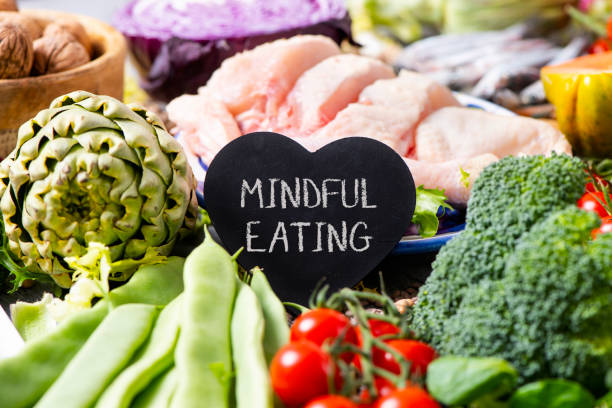Healthy Eating for High Blood Pressure: Foods to Eat and Avoid
Looking for a diet that can help manage your high blood pressure? Check out our guide on what to eat and avoid. Discover the best foods that can lower your blood pressure, and learn about the ones that can increase your risk. From fresh fruits and vegetables to reducing sodium intake, we've got you covered. Stay informed and take control of your health with these helpful tips.

What Foods Help Lower Blood Pressure Naturally?
A heart-healthy diet rich in specific nutrients can help maintain healthy blood pressure levels. The DASH (Dietary Approaches to Stop Hypertension) diet recommends foods high in potassium, magnesium, and fiber. Include these beneficial items:
-
Leafy greens like spinach and kale
-
Berries, particularly blueberries and strawberries
-
Bananas and other potassium-rich fruits
-
Beets and beet juice
-
Fat-free or low-fat dairy products
-
Oatmeal and whole grains
Which Foods Should You Avoid with High Blood Pressure?
Following a hypertension diet means limiting or avoiding certain foods that can raise blood pressure:
-
Processed foods high in sodium
-
Canned soups and vegetables with added salt
-
Fatty meats and processed meats
-
Full-fat dairy products
-
Pickled or preserved foods
-
Foods and beverages with added sugars
How Much Sodium is Safe in a High Blood Pressure Diet?
The American Heart Association recommends limiting sodium intake to no more than 2,300 mg per day, with an ideal target of 1,500 mg for most adults with high blood pressure. Reading food labels carefully and choosing low-sodium alternatives can help achieve these goals. Fresh foods generally contain less sodium than processed options.
What Beverages Support Healthy Blood Pressure?
Staying hydrated is crucial for maintaining healthy blood pressure. Consider these beneficial beverages:
-
Water (8-10 glasses daily)
-
Hibiscus tea
-
Low-fat milk
-
Fresh vegetable juices
-
Pomegranate juice
Limit or avoid alcohol, caffeinated beverages, and sugar-sweetened drinks.
How Can You Make Your Meals More Heart-Healthy?
Implementing these practical strategies can help create heart-healthy meals:
-
Cook at home more often to control ingredients
-
Use herbs and spices instead of salt for flavoring
-
Choose fresh or frozen vegetables over canned
-
Plan meals around plant-based proteins
-
Practice portion control
-
Use healthy cooking methods like grilling, steaming, or baking
What Are the Best Meal Planning Strategies for Hypertension?
Creating a structured meal plan helps maintain a heart-healthy diet:
-
Start with a weekly meal calendar
-
Prepare a shopping list focusing on fresh produce
-
Batch cook heart-healthy meals
-
Keep healthy snacks readily available
-
Plan meals that combine various food groups
-
Include regular mealtimes in your daily schedule
This article is for informational purposes only and should not be considered medical advice. Please consult a qualified healthcare professional for personalized guidance and treatment.
Note: Success in managing blood pressure through diet varies by individual and should be monitored under medical supervision. Always work with your healthcare provider to develop an appropriate eating plan that takes into account your specific health needs and medications.




